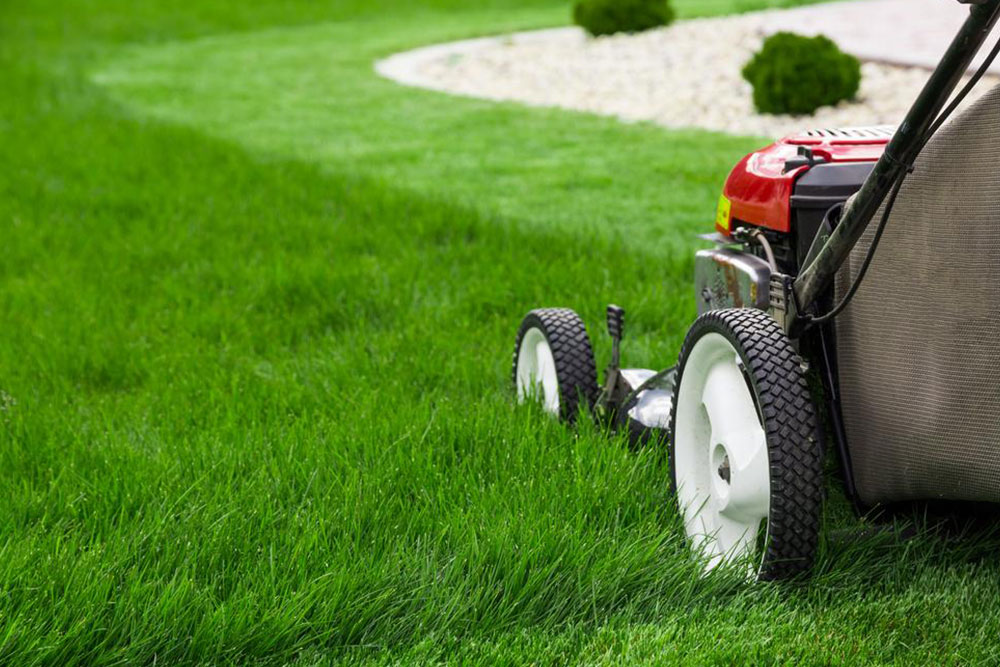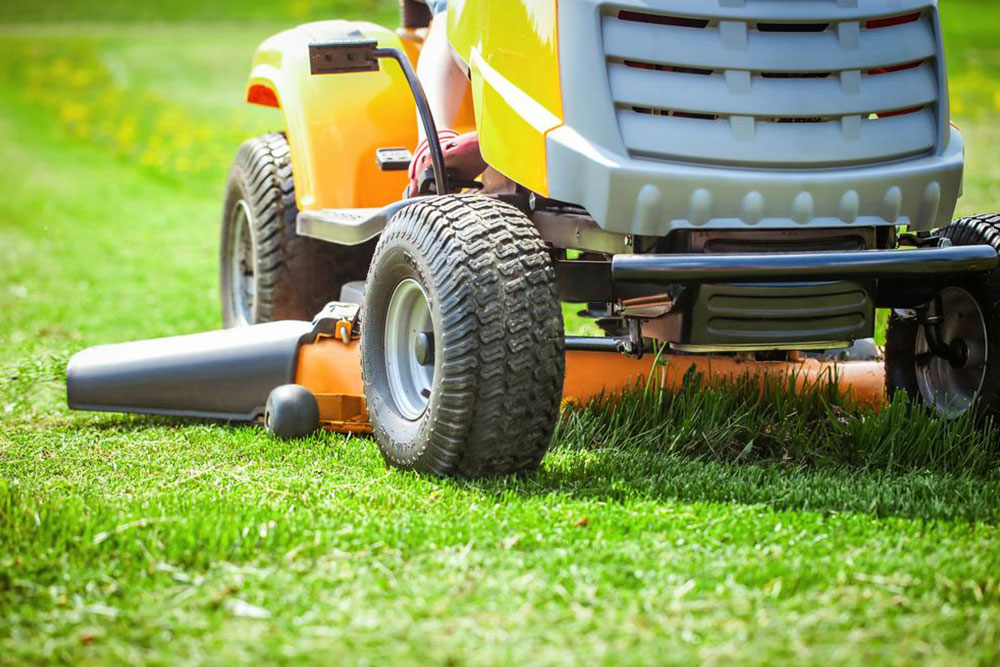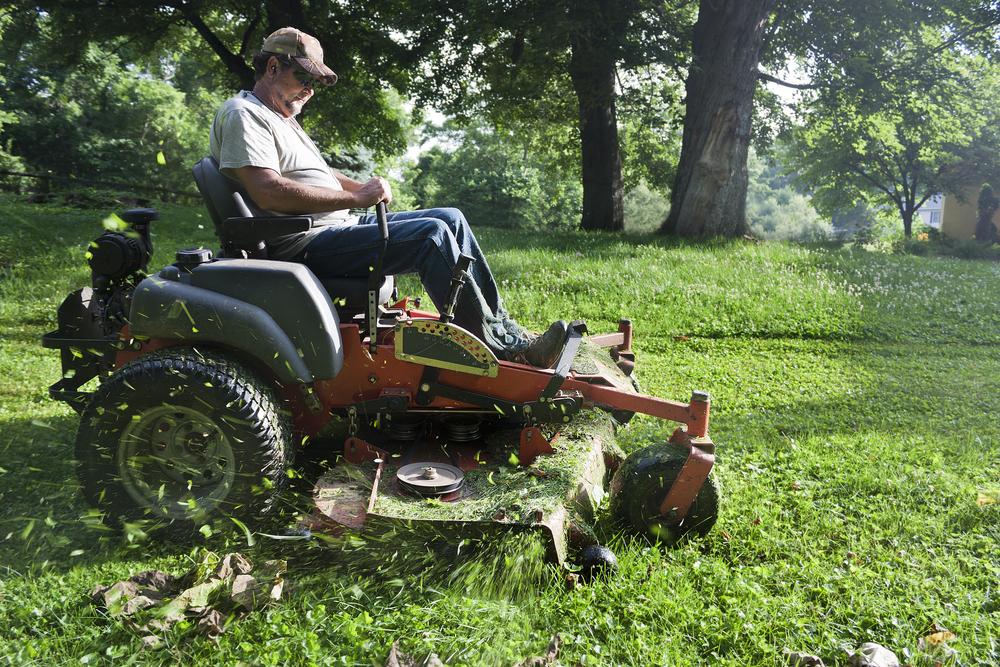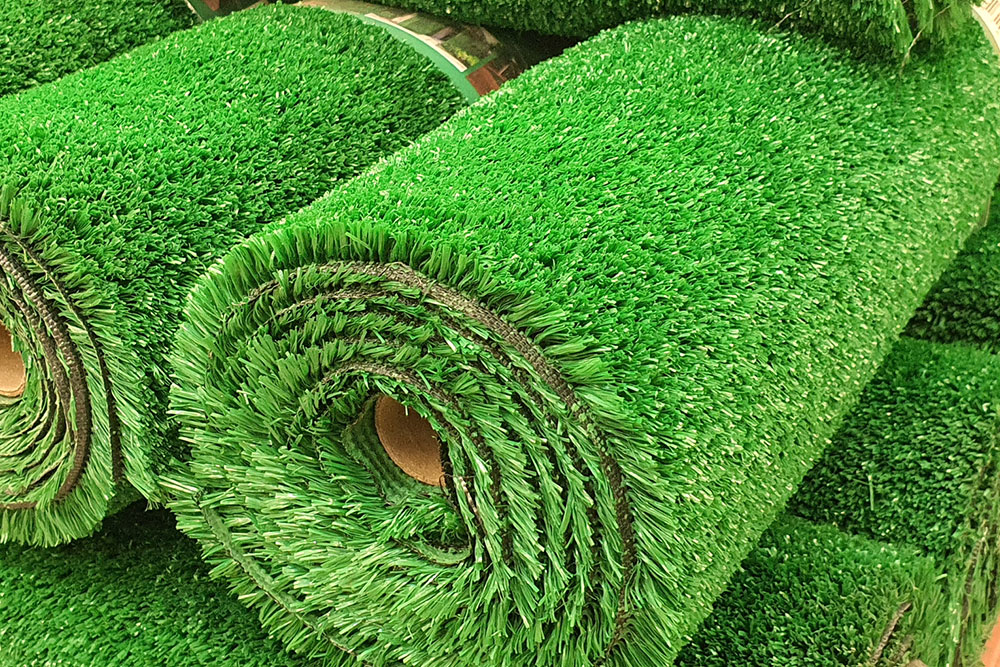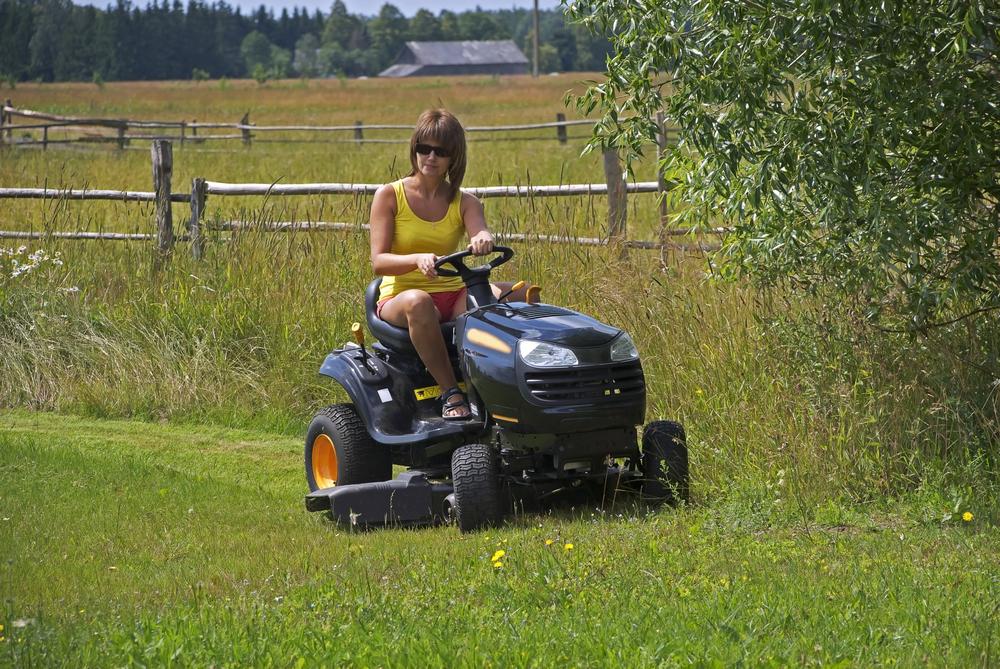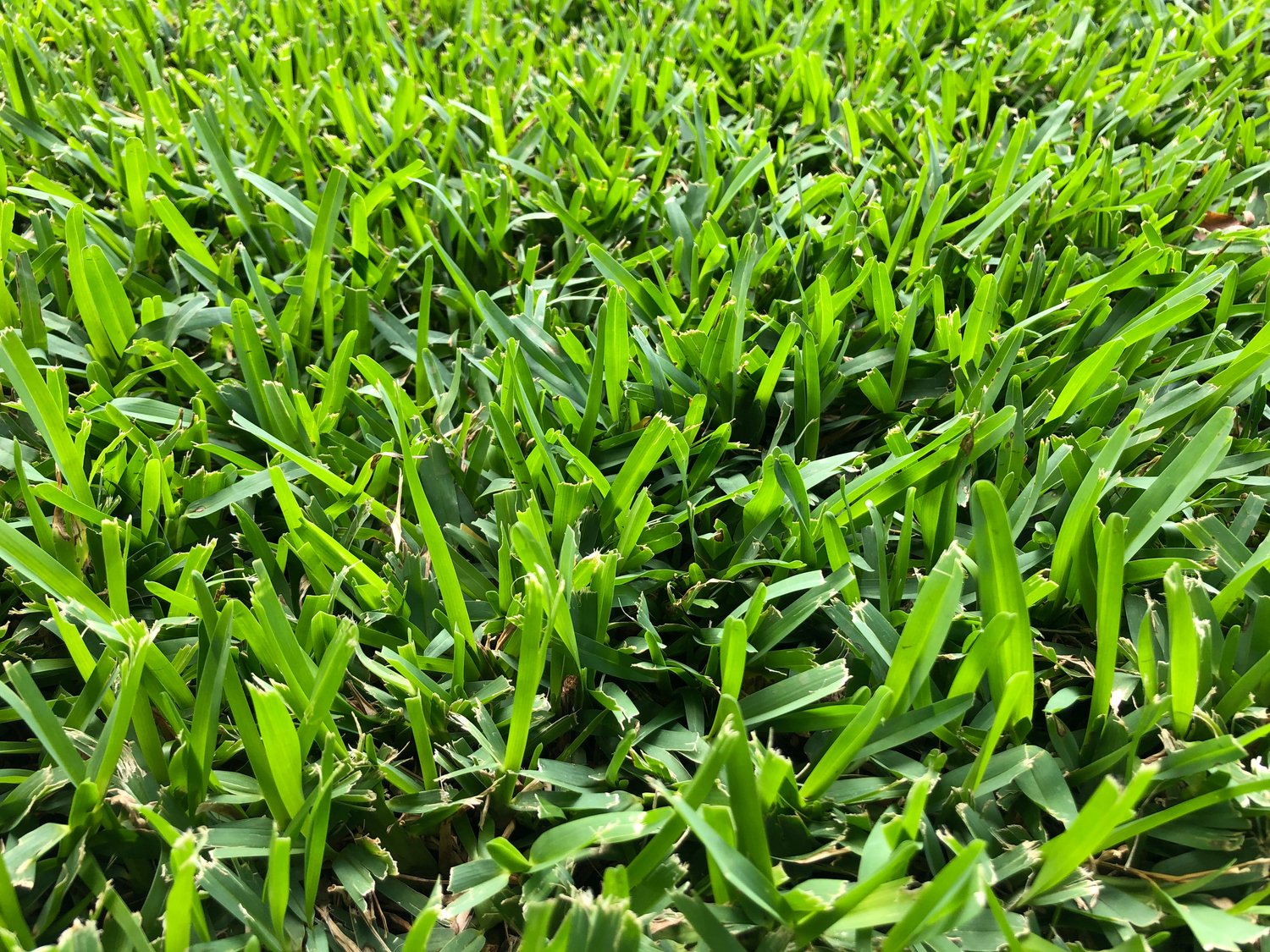Different Types of Lawn Grasses and Essential Maintenance Tips
Learn about different lawn grass seed types suitable for various climates and essential maintenance tips to keep your lawn healthy and attractive. Discover how to select the right seed and care techniques to achieve vibrant, lush grass. Ideal for homeowners seeking professional guidance or DIY lawn care, this overview covers regional considerations, watering, mowing, and aesthetic factors for a resilient lawn.
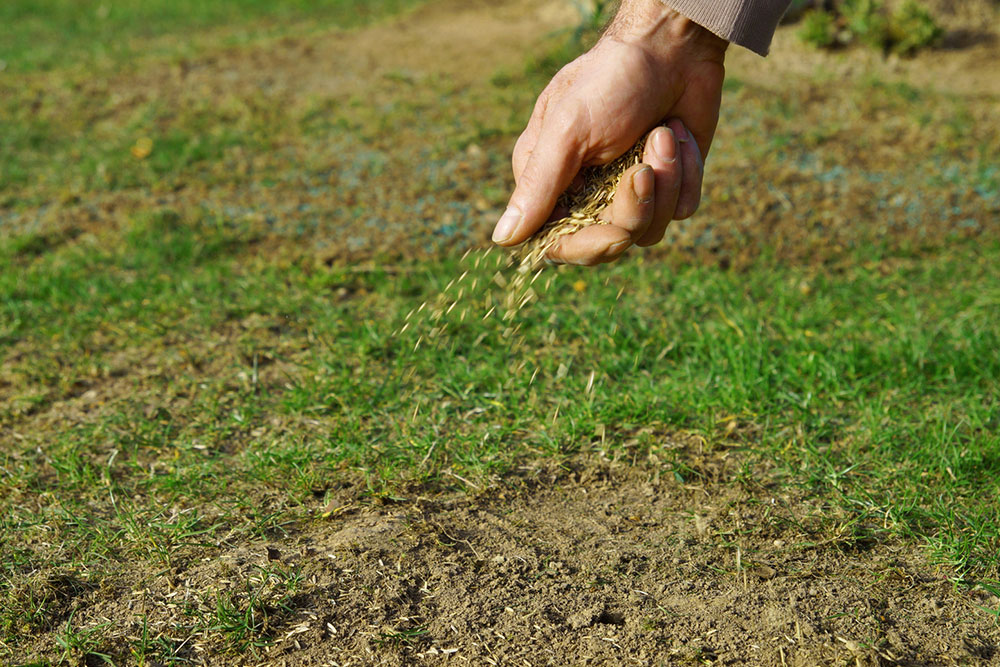
Exploring Lawn Grass Varieties and Key Care Strategies
Maintaining a lush, healthy lawn is a priority for many homeowners, and selecting the right grass seed is fundamental to achieving this goal. Proper seeding ensures your lawn remains vibrant and resilient. Some choose to hire professional lawn seeding services to guarantee optimal results and avoid common pitfalls during the process.
Major Grass Types for Lawns
There are primarily two categories of grass seeds, each suited to specific regional climates. Warm-season grasses—including Bahia, Bermuda, and Zoysia—thrive in hot climates. Cool-season varieties, such as Perennial Ryegrass, Fescues, Kentucky bluegrass, and Tall Fescue, perform best in cooler regions. Your geographical location largely determines the ideal seed choice.
Bahia Grass Seeds Bahia grass is low-maintenance, quickly establishing itself in nutrient-poor soils. It doesn't require fertilization but needs regular upkeep for a uniform appearance. If neglected, it may produce seed heads, affecting aesthetics.
Bermuda Grass Seeds Popular for both lawns and sports fields, Bermuda grass is highly heat and drought-tolerant. It requires minimal water—just an inch weekly—and is durable enough for active families and pets, making it ideal for busy households.
Perennial Ryegrass Seeds Known for rapid germination within approximately three weeks, this grass is often used as a temporary patch or overseeding solution. It has a short lifespan in warm seasons but is resistant to pests and low-maintenance overall.
Fine Fescues Seeds Fescues produce soft, fine-textured grass perfect for lush lawns. They are environmentally sustainable, thriving with minimal water and fertilizer, and provide vibrant green coverage.
Factors to Consider When Picking Grass Seeds
Choosing the right seed can be challenging due to regional climate variations. Homeowners should evaluate three main factors: climate suitability, sunlight exposure, and desired lawn appearance.
Climate Research your area's climate to determine which grass types flourish there. Consulting with lawn care experts can provide valuable insights tailored to your local conditions.
Sunlight Assess the amount of sun your lawn receives. Some grasses prefer full sun, while others tolerate shade better, influencing your choice.
Visual Appeal Decide on the desired grass texture and color. For a soft, vibrant green look, select seed varieties that meet these aesthetic preferences.
Essential Lawn Maintenance Tips
Maintaining a healthy lawn requires consistent effort, but these key tips can make the task easier.
Regular Mowing Cutting your lawn weekly during summer and bi-weekly during cooler months promotes healthy growth, prevents weeds, and encourages dense grass coverage.
Proper Watering Water wisely—avoid overwatering which can suffocate roots, or underwater which causes stress. Finding the right balance ensures a resilient, green lawn.
Note: Our blog provides diverse insights based on thorough research, but readers should consider regional differences and consult professionals for personalized advice. We do not guarantee the accuracy of external data or special offers mentioned.

